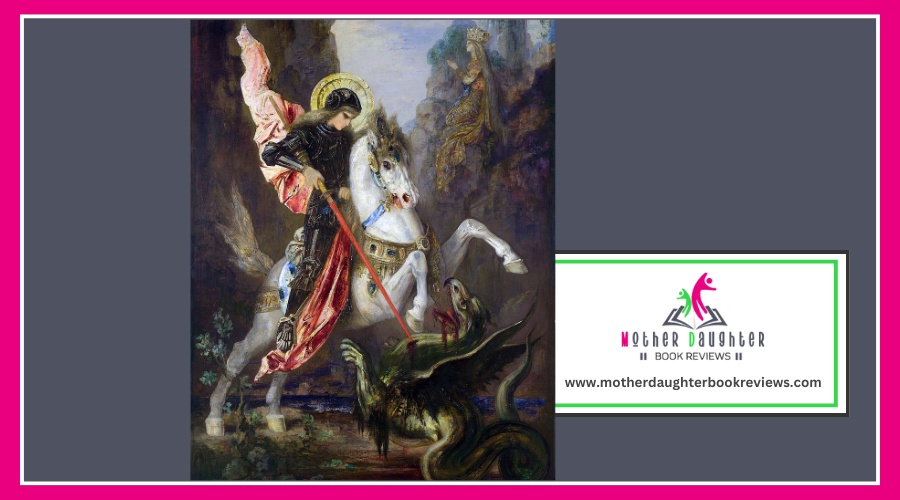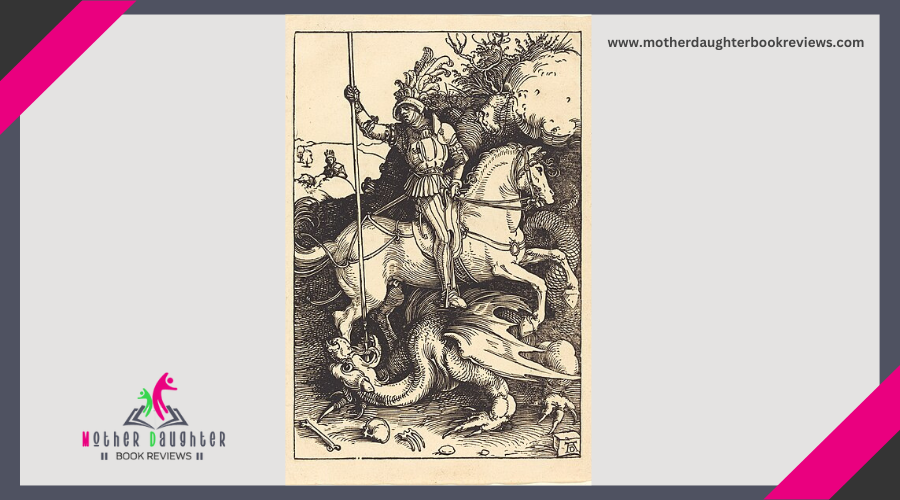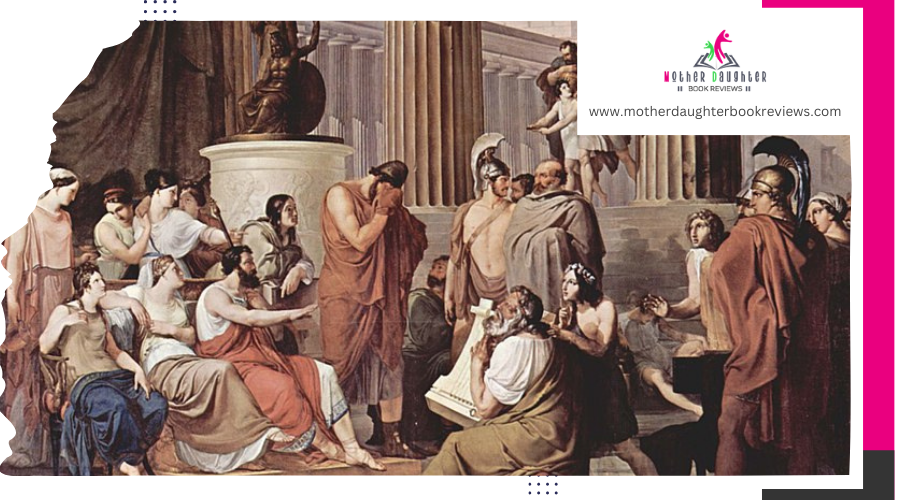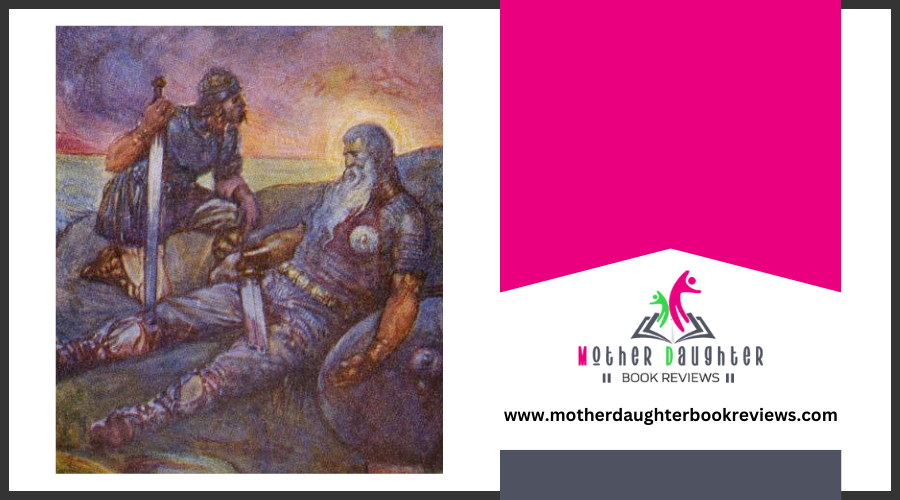How Do Chivalric Legends Portray Knights and Noble Deeds?
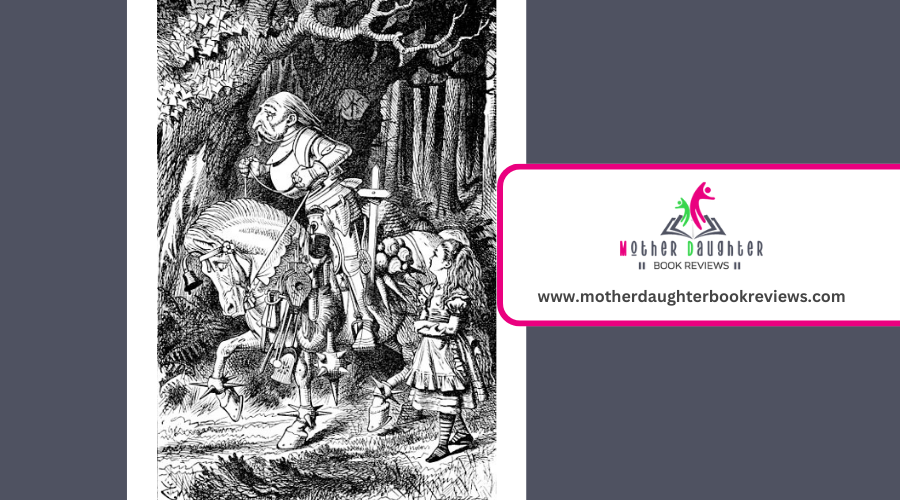
In chivalric legends, you'll find knights portrayed as the ultimate symbols of bravery, loyalty, and honor. They embody the chivalric code both in battle and daily life, performing noble deeds like slaying dragons, rescuing damsels, and defending kingdoms. Their actions serve as moral exemplars, guiding behavior with virtues such as courtesy, humility, and sacrifice. Knights also display a deep sense of courtly love, often undertaking quests driven by pure and selfless devotion.
The Ideal Knight
The image of the ideal knight often conjures visions of noble warriors in shining armor, embodying the virtues of bravery, loyalty, and honor. You're drawn to these heroic archetypes not just for their physical prowess but for their embodiment of knightly virtues. Knights in chivalric legends aren't merely fighters; they serve as paragons of moral and ethical standards. Their code demands unwavering loyalty to their liege, a sense of justice that transcends personal gain, and a commitment to protecting the weak.
When you think about the ideal knight, imagine someone who upholds the chivalric code in every aspect of life. They don't just fight battles; they also engage in acts of compassion and service. These knights are expected to be humble, showing respect to both their peers and their adversaries. You might picture them acting as mediators in conflicts, offering wise counsel, or setting out on quests that test their virtues and resolve.
Heroic archetypes in these legends serve as moral compasses, guiding you toward understanding the profound impact of knightly virtues. Through their stories, you learn that the ideal knight isn't just a mythical figure but a symbol of the highest ethical aspirations.
Bravery in Battle
While the ideal knight embodies virtues like loyalty and honor, bravery in battle stands out as a defining trait. In chivalric legends, knights are celebrated for their heroic sacrifices and valorous feats on the battlefield. These stories illustrate how bravery isn't just about facing danger, but also about making the ultimate sacrifice for a greater cause.
- Heroic Sacrifices: Knights often put their lives on the line for their king or country, demonstrating that true bravery requires selflessness. You see characters who willingly face near-certain death to protect others, reinforcing the idea that a knight's courage is rooted in their willingness to sacrifice everything.
- Valorous Feats: Tales of knights slaying dragons or vanquishing overwhelming enemy forces highlight their extraordinary courage and skill. These valorous feats serve to inspire others and cement the knight's legacy as a paragon of bravery.
- Unyielding Resolve: Stories often depict knights who refuse to retreat, even when outnumbered or wounded. This unyielding resolve showcases their unwavering bravery, emphasizing the mental and emotional strength required to be a true knight.
- Inspiring Leadership: Knights who display bravery in battle often become leaders, inspiring their comrades to follow suit. Their courageous actions can turn the tide of conflict, proving that bravery is contagious and crucial for victory.
Codes of Honor
In medieval times, knights adhered to strict codes of honor that governed their behavior both on and off the battlefield. These codes, shaped by chivalric values, were vital in defining what it meant to be a noble and virtuous knight. You'd find that these knightly virtues encompassed more than just bravery; they included loyalty, humility, and courtesy. By following these principles, knights aimed to uphold their reputation and maintain social order.
Chivalric values were not merely abstract ideals; they were practical guidelines for everyday conduct. You'd see knights demonstrating respect for their peers and superiors, and showing compassion to the weak and the poor. Upholding these values was significant in earning the trust and admiration of both allies and adversaries. A knight's word was his bond, and breaking it would lead to disgrace and dishonor.
These codes of honor were the moral compass guiding knights through complex social and military landscapes. They weren't just warriors; they were also paragons of ethical behavior. By embodying knightly virtues, they set a standard for others to follow, creating a legacy that still strikes a chord in the modern understanding of honor and nobility.
Acts of Gallantry
Acts of gallantry showcased a knight's commitment to chivalric values through brave and selfless deeds. These acts defined their reputations and underscored the importance of valor in medieval society. When you read about knights, you'll often find them commencing on heroic quests and making noble sacrifices to uphold their honor and protect the weak.
Here are four ways acts of gallantry were depicted in chivalric legends:
- Rescuing Damsels in Distress: Knights would often risk their lives to save women in peril, demonstrating their bravery and devotion to protecting the helpless.
- Defending the Kingdom: Regardless of fighting in battles or standing guard at the castle, knights took on dangerous missions to guarantee the safety and security of their territories.
- Undertaking Heroic Quests: Knights initiated perilous adventures to retrieve sacred relics or defeat formidable foes, showcasing their courage and resilience.
- Making Noble Sacrifices: They were willing to lay down their lives for their king or fellow knights, embodying the ultimate form of selflessness and loyalty.
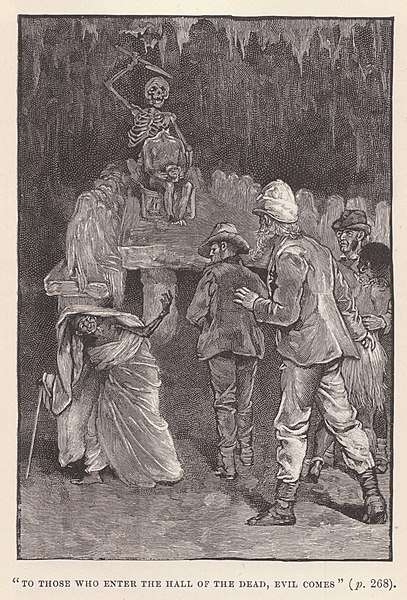
Courtly Love
Beyond the battlefield and heroic deeds, knights also engaged in the intricate dance of courtly love, which added another layer to their chivalric identity. You'd find that courtly love wasn't just about grand gestures but also about embodying romantic ideals that defined a knight's character. Knights expressed their devotion through poetry, song, and acts of service, aiming to win the favor of a noble lady, often one they couldn't marry.
Courtly love emphasized emotional depth, where a knight's love was supposed to be pure, selfless, and unattainable. This unrequited affection inspired knights to perform noble deeds and brave feats, hoping to earn a lady's admiration. You'd see in chivalric legends how a knight's love drove him to become a paragon of virtue and bravery, elevating both his status and that of the lady he adored.
These stories of courtly love not only highlighted romantic ideals but also examined the complexities of love and loyalty. As you investigate these legends, you'll notice that the emotional depth and fervor of courtly love added a rich, human element to the otherwise stoic image of the medieval knight.
Myth vs. Reality
How often do we find ourselves captivated by the tales of gallant knights and their noble quests? These stories, filled with valor, honor, and chivalry, paint an idealized picture of medieval knighthood. However, the line between myth and reality is often blurred. Understanding the differences can give you a clearer perspective on historical accuracy and societal expectations.
- Historical Accuracy: Legendary tales often exaggerate the virtues of knights. In reality, knights were feudal warriors with complex motives and were not always paragons of virtue. Many participated in brutal wars and power struggles.
- Societal Expectations: Chivalric legends reflect the societal ideals of the time, emphasizing loyalty, bravery, and courtly love. These stories served as moral guides, yet actual knights frequently fell short of these lofty standards.
- Daily Life: Knights' daily lives were far less glamorous than depicted. They trained rigorously, managed estates, and dealt with mundane issues like any other medieval person.
- Role of Women: While legends often depict women as noble inspirations, in reality, women's roles were more constrained by societal norms and they had limited agency.
Understanding these discrepancies helps demystify the legend and provides a more nuanced view of medieval knighthood.
Cultural Influence
Chivalric legends wielded significant cultural influence during the medieval period and beyond. When you investigate these stories, you'll find that they're more than just tales of valor; they're rich with cultural symbolism that shaped societal norms and expectations. These legends often depicted idealized versions of knights who embodied virtues like bravery, loyalty, and honor. By doing so, they provided a framework for what was considered noble behavior, influencing how people viewed leadership and morality.
In a historical context, the tales of King Arthur, Sir Lancelot, and other legendary knights served as both entertainment and moral instruction. They were used to teach the values that were essential to the society of the time. When you read these stories, you're not just reading about individual heroes; you're engaging with a broader narrative that reflects the aspirations and ideals of an entire culture.
Moreover, the cultural symbolism in these legends has persisted through centuries, impacting literature, art, and even modern media. The archetype of the chivalrous knight continues to resonate today, proving the enduring power of these medieval tales. So, when you investigate chivalric legends, you're really uncovering the DNA of Western cultural ideals.
Legacy of Chivalry
The legacy of chivalry is evident in the ways modern society still values ideals like honor, bravery, and loyalty. You can see chivalric values reflected in numerous aspects of contemporary life, from literature to daily interactions. These values, deeply rooted in historical context, influence how we perceive noble deeds and moral character today.
Consider these examples:
- Military Honors: The modern military awards medals for acts of bravery and honor, echoing the knights' valor in medieval times.
- Courtly Manners: Politeness and respect in social settings, such as holding doors open or standing up to greet someone, stem from chivalric customs.
- Literary Heroes: Characters in books and films often embody chivalric ideals, portraying a sense of duty, sacrifice, and moral integrity.
- Legal Principles: The concept of justice in our legal system, emphasizing fairness and protection of the weak, has roots in chivalric codes.
Conclusion
In chivalric legends, knights are portrayed as embodiments of honor, bravery, and loyalty, offering a timeless representation of noble deeds that have shaped both medieval and modern ideals. These tales highlight the virtues of knights through acts of gallantry, epic quests, and the intricacies of courtly love, serving not just as entertainment but also as moral instruction. While there may be a gap between the myth and the reality of medieval knighthood, the enduring cultural influence of these stories continues to resonate.

